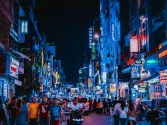
Offices need to be designed with 'head space' in mind
A change in people’s daily habits is causing a shift in what’s important to have in an office space.
Offering workers returning to the office better comfort and security will be a focus point for office designs, Ronald Lu and Partners’ Vice Chairman Bryant Lu believes.
The year-long pandemic has left many workers feeling very wary when going to their offices and made them more aware of the things they need to stay healthy.
“I think COVID-19 changed how we behave, how we live, how we work. We need to start with your physical space. Right now, when we enter an office building, we expect to have our temperatures taken. From an immediate security standpoint, this is how a building can feel safer and healthier,” Lu said.
Aside from physical aspects of the building, having a well-designed personal workspace can also help improve a person’s mental health.
If a person feels safe at their desk, this will benefit their overall mental state and ultimately benefit their work as well.
“It's going to be in a very macro sense. But on the individual level, we are really talking about the mind space, how one feels better and more secure,” Lu said.
”Peace of mind is something we need to consider, beyond just the technology or the physical aspects of any spaces,” he added.
Lu's firm still sees a need for physical offices despite the conversion of many businesses to digital. Offices remain especially important for instances when there is a need to resolve a problem, or a project requires collaboration among specialists to flesh out the creative process.
“There's still a special magic that occurs when you meet face to face, particularly when you need to solve a problem or create something. Things become more dynamic in a workshop-type environment,” he said.
“Recently, there is a trend towards more offices having a higher proportion of meeting rooms, or spaces where people come in and meet and discuss and be creative. This is compared to the traditional workplace, which used to be 70% workstations and 30% meeting space. I definitely think that ratio will switch in some industries,” he added.
Modern and sustainable elements
Lu said that most of the firm’s recent and upcoming projects are focused on sustainability.
In a new factory in China, for example, the firm has adapted a design to make the factory future-ready. It was made with the modern factory worker in mind, and includes sustainable features such as technologies that will reduce the consumption of water.
“In China, that factory is super sustainable. The whole design is very modern. The intent is to bring dignity back to the factory worker,” Lu commented.
“We imagine that in future workplace, particularly in industrial plants, most of the work will be done by machines. So the average worker, instead of being a traditional blue collar labourer, will actually be a computer programmer. Our industrial plans focus on designs for the new era of factory workers,” he added.
Another project is a five million square foot, mixed-use and transport-oriented development project in Shanghai. The firm has completed two phases of the project, with the last phase about to commence.The development has a retail shopping mall connected to the metro, with office, hotel, residential, and transport elements that are all fully integrated.
“The project has seven live train tracks running underneath, with two of these already running. The idea is to create, through this transport-oriented development, a seamless community environment in a town which is slightly outside the centre of Shanghai,” Lu said.
Research-backed designs
Lu’s firm takes pride in painstakingly researching all its projects. With the pandemic rapidly changing trends and needs in the real estate industry, knowing what changes are necessary from an architectural angle are more important than ever before.
The firm is currently researching how to integrate and improve the retail shopping experience so that customers will feel an incentive to go back to physical stores.
“We are looking into how future retail should be positioned, particularly in a post-COVID and highly connected era, where the majority of transactions happen on a smartphone. In this environment, how can we bring back the physical experience of retail, how can we use retail malls? It's an important conversation, particularly in Asia,” he said.
“We were so used to going to these malls. Beyond shopping, we go there to eat, to entertain, to meet friends. So, how do we do that moving forward? How can we create a place that not only inspires but also keeps engaging the community?” he added.
Lu feels that they are looking to create more interesting and modern spaces that people will be compelled to visit after the pandemic.
“All this retail real estate – how can we reposition it? How can we transform these spaces into something that can give life back to the city and remain relevant to the modern world? I think that's an ongoing conversation,” he said.
“At our firm, we have always prided ourselves on the research side. We have a long history of sustainability research and now we're going beyond sustainability and wellness, and looking at how technology will impact how we live and how we work, and the important role that architecture will play in that dynamic,” he added.
Photos courtesy of Ronald Lu and Partners.
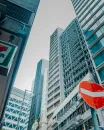






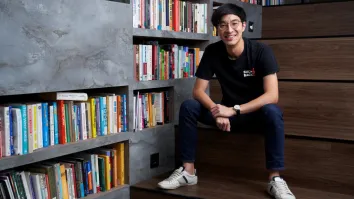
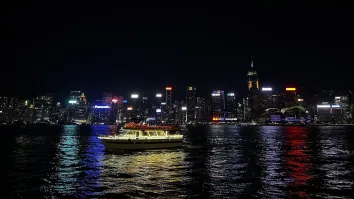
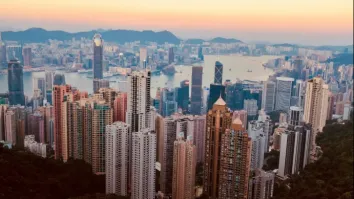
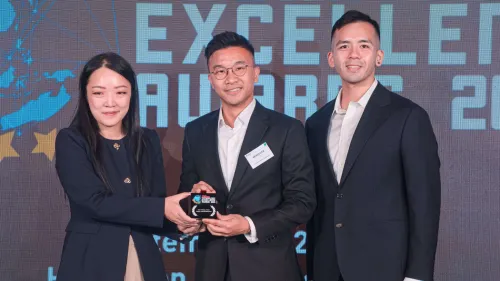





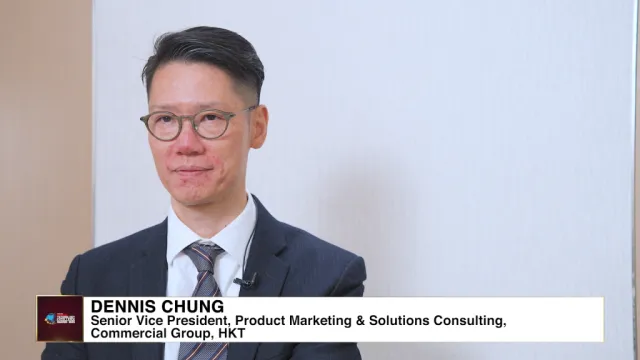
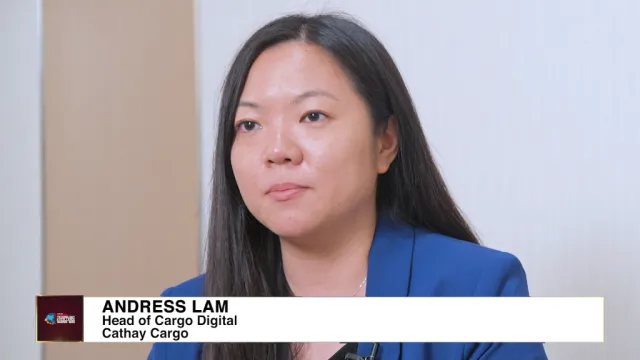

 Advertise
Advertise


